Gage and Absolute Pressure Transmitters :
Sensor Design for Gage Pressure Measurement
The input pressure (pe) is transferred to the gage pressure sensor (6) via the seal diaphragm (4) and the filling liquid (5), displacing its measuring diaphragm.
The displacement changes the resistance value of the four piezo resistors in the measuring diaphragm in a bridge circuit.
The change in the resistance causes a bridge output voltage proportional to the input pressure.
The transmitters with spans ≤ 63 bar measure the input pressure against atmosphere, those with spans ≥ 160 bar against vacuum.
Sensor Design for Absolute Pressure Measurement
The input pressure (pe) is transferred to the absolute pressure sensor (5) via the seal diaphragm (3) and the filling liquid (4), displacing its measuring diaphragm.
The displacement changes the resistance value of the four piezo resistors in the measuring diaphragm in a bridge circuit.
The change in the resistance causes a bridge output voltage proportional to the input pressure.
Pressure Transmitter Block Diagram :
The input pressure is converted into an electrical signal by the sensor (1). This signal is amplified by the measuring amplifier (2) and digitalized in an analog to digital converter (3). The digital signal is analyzed in a microcontroller (4) and corrected with regard to linearity and thermal characteristics.
In a digital to analog converter (5) it is then converted into the output current of 4 to 20 mA. A diode circuit provides reverse voltage protection. You can make an uninterrupted current measurement with a low ohm ammeter at the connection (10).
The data specific to the measuring cell, the electronic data and parameter settings are stored in two non-volatile memories (6). The first memory is linked with the measuring cell, the second with the electronics.
The buttons (8) can be used to call up individual functions, socalled modes. If you have a device with a digital display (9), you can use this to track mode settings and other messages. The basic mode settings can be changed with a computer via the HART modem (7).
Reference : Siemens Manual, Image Credits : Siemens
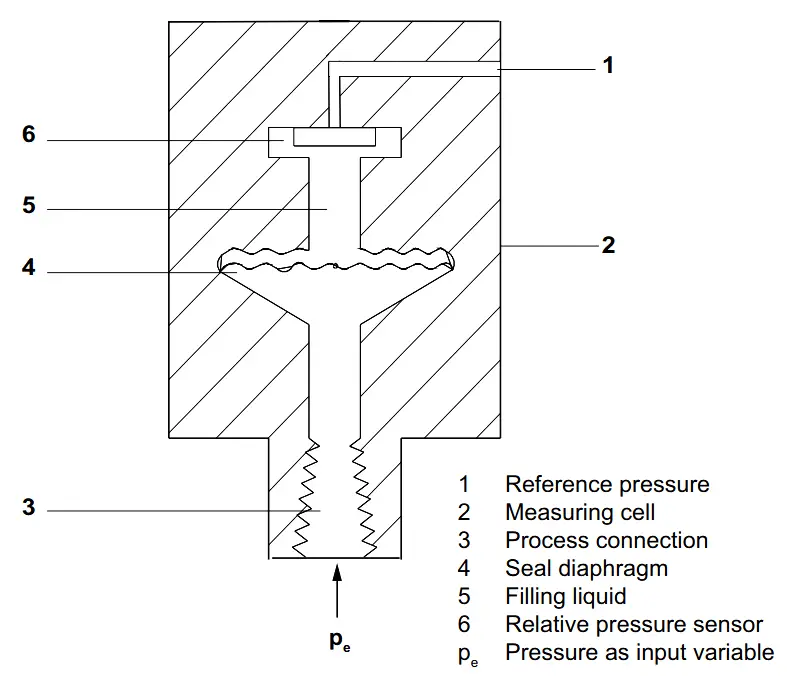
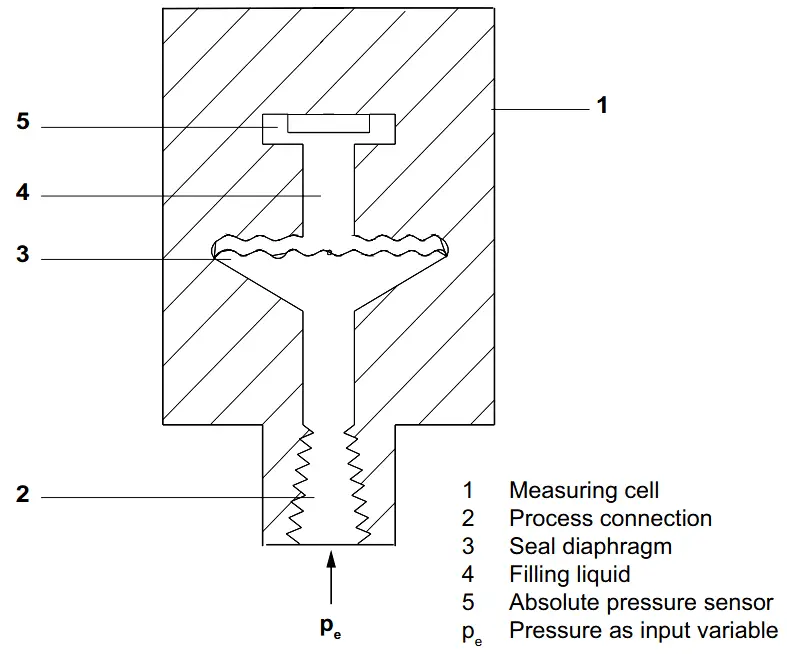
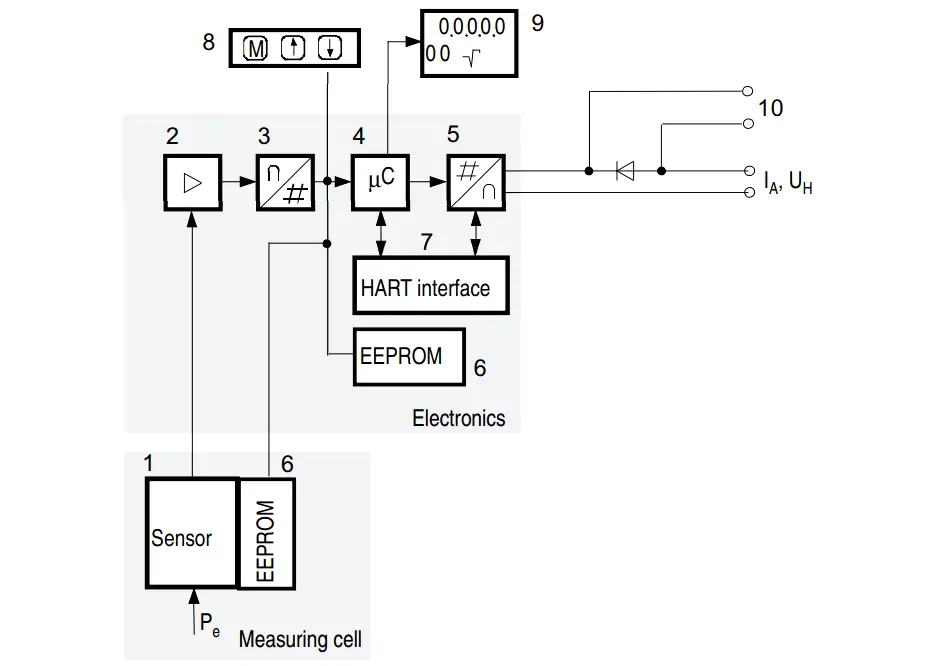
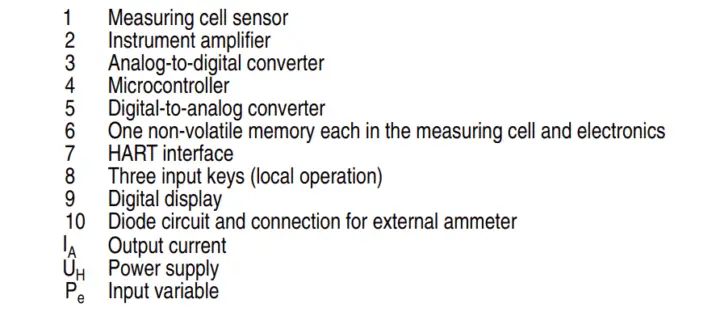
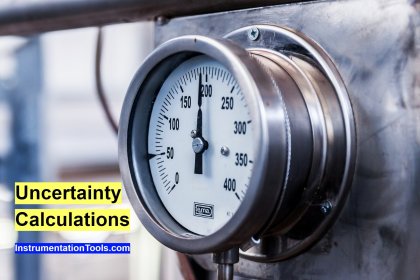
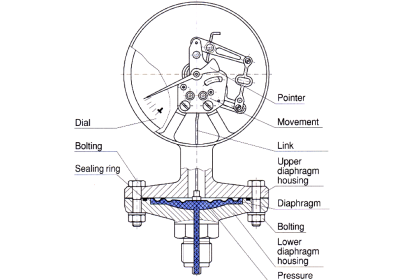
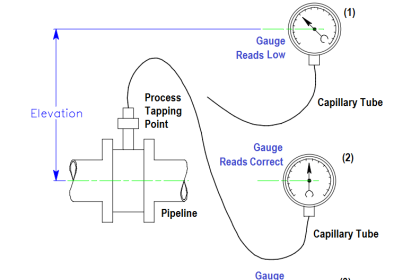
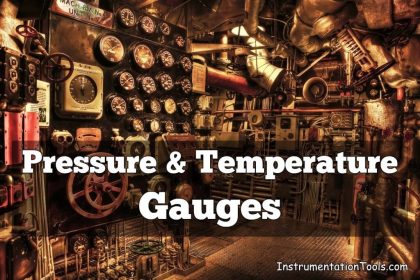
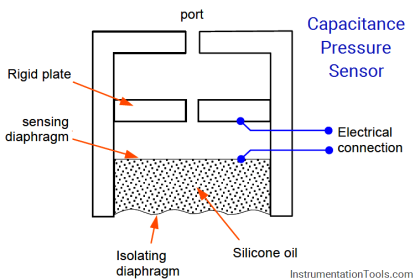
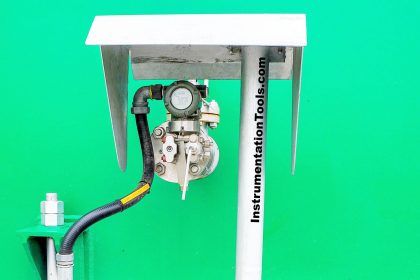
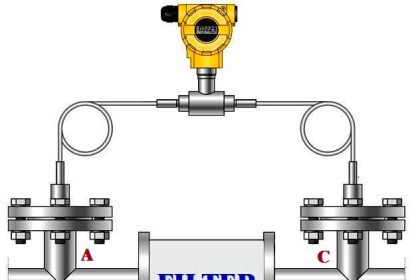
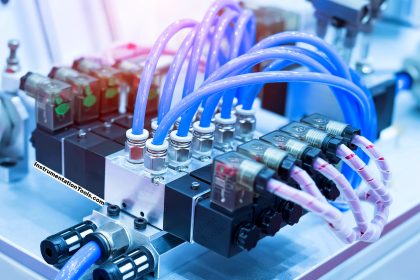
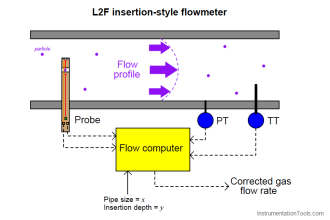


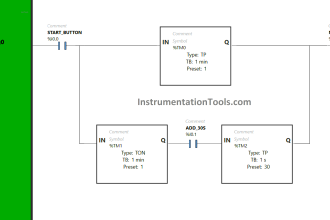
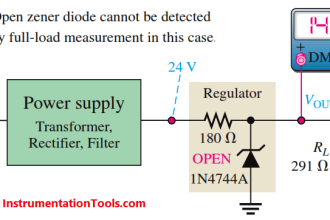

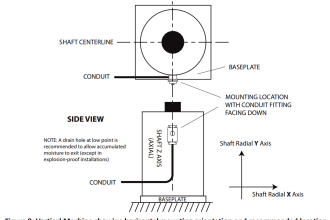
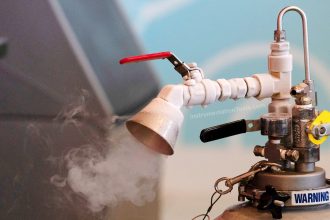

Very useful information.
But sir how to identify that it is Rosemont gauge pressure or absolute pressure transmitter in 2051c series.